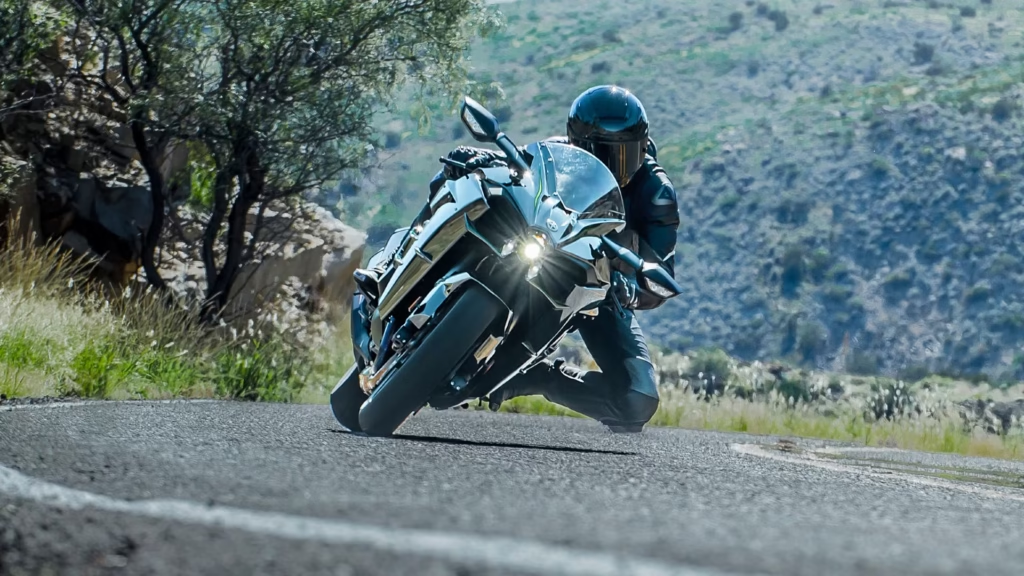Bikes are not just modes of transportation; they are a lifestyle, a passion, and for some, even a form of art. Over the years, bikes have evolved to meet the diverse needs of riders, whether for daily commuting, off-road adventures, or high-speed racing. This blog explores the history, types, innovations, and cultural impact of bikes, encapsulating the allure that keeps enthusiasts pedaling or revving.
A Brief History of Bikes
The history of bikes dates back to the early 19th century when German inventor Karl von Drais created the “Laufmaschine,” or running machine, in 1817. This prototype lacked pedals and required riders to push themselves forward with their feet. It wasn’t until the 1860s that pedals were added, thanks to the efforts of Pierre Michaux and Pierre Lallement, giving birth to the “velocipede,” or the “bone-shaker” due to its rough ride.
By the late 19th century, the “safety bicycle” was introduced, featuring equal-sized wheels and a chain drive, resembling modern bicycles. Innovators like John Kemp Starley made cycling safer and more accessible to the masses. Today, we have a variety of bicycles catering to different purposes, from road bikes to mountain bikes, each a testament to technological advancements and human ingenuity.

Types of Bikes
1. Road Bikes
Road bikes are designed for speed and efficiency on paved surfaces. With lightweight frames, thin tires, and aerodynamic designs, they are the choice for long-distance cycling and racing. Popular brands like Trek, Specialized, and Giant offer models that cater to professionals and amateurs alike.
2. Mountain Bikes
Built for rugged terrains, mountain bikes are sturdy, with thick tires and robust suspension systems. These bikes are ideal for trail riding, steep descents, and challenging landscapes. Subcategories include cross-country, trail, enduro, and downhill bikes, each tailored for specific off-road activities.
3. Hybrid Bikes
As the name suggests, hybrid bikes combine features of road and mountain bikes, making them versatile for both city commuting and light off-road trails. They are a favorite among casual riders who want a comfortable and practical ride.
4. Electric Bikes (E-Bikes)
E-bikes are revolutionizing the cycling world by incorporating electric motors to assist pedaling. They are perfect for long commutes, reducing physical strain, and enabling riders to tackle steep hills effortlessly. With advancements in battery technology, e-bikes are becoming increasingly popular worldwide.
5. Cruiser Bikes
Known for their retro design and comfortable seating, cruiser bikes are perfect for leisurely rides along the beach or park trails. These bikes prioritize style and comfort over speed and performance.
6. BMX Bikes
BMX bikes are compact, durable, and designed for stunt riding and racing on dirt tracks. They are a staple in extreme sports, appealing to adrenaline junkies and competitive riders alike.
7. Touring Bikes
Touring bikes are built for long-distance cycling and are equipped with features like pannier racks and durable frames to carry heavy loads. They are the go-to choice for adventurers embarking on cross-country or international bike tours.

Innovations in Bike Technology
The cycling industry is constantly evolving, driven by the quest for performance, safety, and sustainability. Here are some noteworthy innovations:
1. Carbon Fiber Frames
Lightweight yet strong, carbon fiber has become the material of choice for high-performance bikes. It offers excellent stiffness and shock absorption, enhancing both speed and comfort.
2. Smart Bikes
Smart technology is making its way into bicycles, with features like GPS tracking, integrated lights, and Bluetooth connectivity. Brands like VanMoof and Cowboy are leading the way in this domain.
3. Disc Brakes
Disc brakes have replaced traditional rim brakes in most modern bikes. They provide superior stopping power and perform well in wet or muddy conditions, making them essential for mountain and gravel bikes.
4. Tubeless Tires
Tubeless tires eliminate the need for inner tubes, reducing the risk of punctures and improving traction. They are a game-changer for mountain biking and gravel riding.
5. Electric Gears
Electronic shifting systems, like Shimano Di2 and SRAM eTap, allow for precise and effortless gear changes, enhancing the overall riding experience.
The Culture of Bikes
Bikes have transcended their functional role to become cultural icons. They are symbols of freedom, sustainability, and community. Let’s delve into the cultural aspects:
1. Bike Commuting
In cities like Copenhagen and Amsterdam, cycling is a way of life. Dedicated bike lanes, bike-sharing programs, and cycling-friendly policies make bikes a preferred mode of transportation, reducing traffic congestion and promoting eco-friendliness.
2. Competitive Cycling
Events like the Tour de France and the Giro d’Italia showcase the athleticism and endurance of professional cyclists. These races attract millions of viewers globally, celebrating the sport’s competitive spirit.
3. Cycling Communities
Cycling clubs and online forums bring enthusiasts together to share experiences, plan group rides, and discuss gear. These communities foster camaraderie and inspire new riders to join the cycling movement.
4. Customization and DIY Culture
For many, bikes are canvases for self-expression. From custom paint jobs to handmade frames, the DIY bike culture celebrates creativity and craftsmanship.
5. Advocacy for Sustainable Transport
Bikes are at the forefront of the sustainable transport movement. Environmental activists and organizations advocate for cycling as a solution to urban pollution and climate change.
Health Benefits of Cycling
Cycling is not just good for the planet; it’s also great for your health. Here are some benefits:
- Cardiovascular Fitness: Regular cycling improves heart health and reduces the risk of cardiovascular diseases.
- Weight Management: Cycling burns calories and boosts metabolism, aiding in weight loss and management.
- Mental Well-being: The endorphins released during cycling help reduce stress, anxiety, and depression.
- Joint Health: Unlike running, cycling is a low-impact exercise, making it easier on the joints.
- Muscle Strength: It strengthens the lower body muscles, including the quadriceps, hamstrings, and calves.
Challenges in the Cycling World
While cycling offers numerous benefits, it is not without challenges:
1. Infrastructure
In many cities, the lack of dedicated bike lanes and safe cycling paths discourages people from adopting bikes as a primary mode of transportation.
2. Theft
Bike theft remains a significant issue, necessitating robust security measures like GPS trackers and heavy-duty locks.
3. Accessibility
High-quality bikes and gear can be expensive, making cycling inaccessible to some demographics. Advocacy for affordable options is crucial.
4. Weather Dependency
Extreme weather conditions can deter even the most enthusiastic cyclists. Innovations in cycling apparel aim to address this challenge.
5. Safety Concerns
Accidents involving bikes and motor vehicles highlight the need for better road-sharing awareness and stricter enforcement of traffic laws.
The Future of Bikes
The future of bikes is exciting, driven by technological advancements and a growing focus on sustainability. Trends to watch include:
- Autonomous E-Bikes: Self-balancing and autonomous features could revolutionize urban mobility.
- Solar-Powered Bikes: Integrating solar panels into e-bikes could extend battery life and reduce reliance on electricity.
- Bike-to-Grid Technology: E-bikes could serve as portable energy storage units, feeding power back into the grid when not in use.
- Increased Urban Adoption: As cities become more congested, bikes will play an increasingly vital role in urban transport systems.

Conclusion
Bikes are more than just vehicles; they are a testament to human creativity, resilience, and a commitment to a sustainable future. Whether you ride for fitness, adventure, or convenience, the world of bikes offers something for everyone. As we pedal into the future, one thing is clear: the journey of bikes is far from over.


